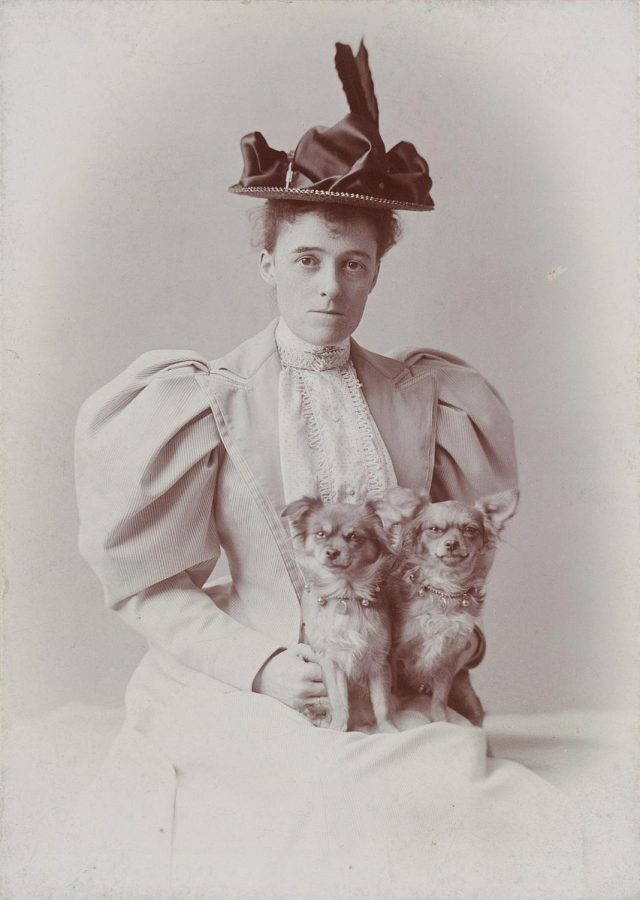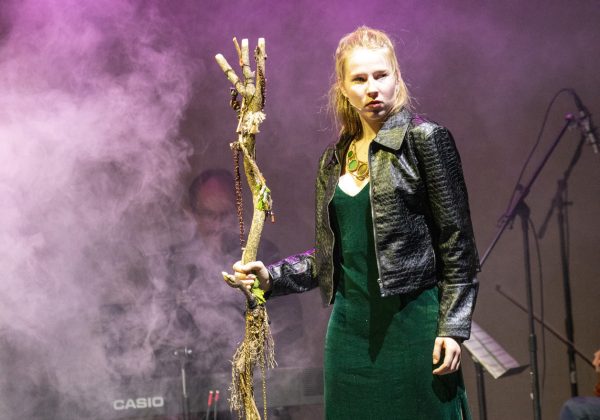The Age of Innocence: Read the Book First
Edith Wharton was an early 20th-century American novelist and the first woman to win the Pulitzer Prize.
12:00 a.m. Sprawled across the sofa, I instinctively reach for the remote control on the tabletop and turn on Netflix. While scrolling through an endless list of films, The Age of Innocence, directed by Martin Scorsese, was the last film I thought I’d encounter.
I was immediately reminded of a class discussion we had in Upper Mid English. I learned that when Scorsese was questioned about how the film deviated from the violent nature of his past works, he answered that The Age of Innocence was “the most violent [film] I ever made.” For this reason, when I clicked play, it was out of pure curiosity; I wasn’t aware of the breathtaking cinematography that would take me through the upper crust of New York society in the 1870s.
The film revolves around three central characters: Newland Archer (Daniel Day-Lewis), Countess Ellen Olenska (Michelle Pfeiffer), and May Welland (Winona Ryder). The New York society in which the film is set reveals a rigid hierarchy of power – both Archer and Welland belong to the most respectable families of them all. However, although Countess Olenska is May’s first cousin, she is a social pariah. While she regards New York as a comfortable home, her conflict with her philandering Polish husband hinders her from integrating into the best society.
Archer, who is engaged to May Welland, finds it necessary to work to include her cousin in society. While convincing her not to divorce the Count, he falls in love with her. Archer is unable to make up his mind for a considerable portion of the movie; he is caught between May Welland, his loyal, well-mannered fiancee, who represents the traditions of New York society, and Ellen Olenska – unconventional, wise, and irresistible, a symbol of the freedom he desires.
The flamboyance which conceals the hollow and silent cruelty of the social circle is well-represented by the silver, crystal, and gilt that adorn the rooms. The Victorian jewelry adorning the men and women, the endless assortment of food, and picturesque interiors are all carefully revealed by a panning camera. Through the camerawork and narration, which directly quotes the original text, the film unravels from the perspective of an objective observer. However, the opening scene at the opera includes the point of view of Leffort and Jackson, who scan the audience through opera glasses, then stop at the Welland’s family box, introducing us to the lovely cousin Olenska. The camerawork invites both intimacy and detachment, contrasting the elegance that the people feign from the underlying anxiety and conflicted relationships.
Scorsese reveals a grand, classical, grim, and romantic world. As beautifully as the scenes play out, the romantic tone undermines the depth that Wharton brings to the characters in her novel. In contrast with the lush romanticism of the film, Wharton uses subtle dramatic irony to illustrate her style of social realism. Her wry descriptions of characters and their inner thoughts penetrate a society that is characterized as a “hieroglyphic world, where the real thing is never said or done or even thought.”
In particular, Archer’s conceit and occasional self-contradiction are a central part of his character. While he yearns for a woman who is free and self-empowered, he approves of Welland only when she conforms to his views and sense of humor. In the novel, Wharton often pokes fun at Archer’s sense of conceit, which he expresses through his inability to feel any sense of compunction towards Welland while criticizing her inability to think for herself. Archer’s self-contradiction is completely absent from the film, which undermines the identity of the character.
The limitations of the film create an overly romanticized effect on the entire plot, reducing it to a tragic love story between Archer and Olenska. Ultimately, The Age of Innocence lacks the same impact when remade as a movie. The interactions, characters, and set are obviously emulated, but Wharton’s writing style, which provides a unique angle to the events, is something the film cannot capture.






